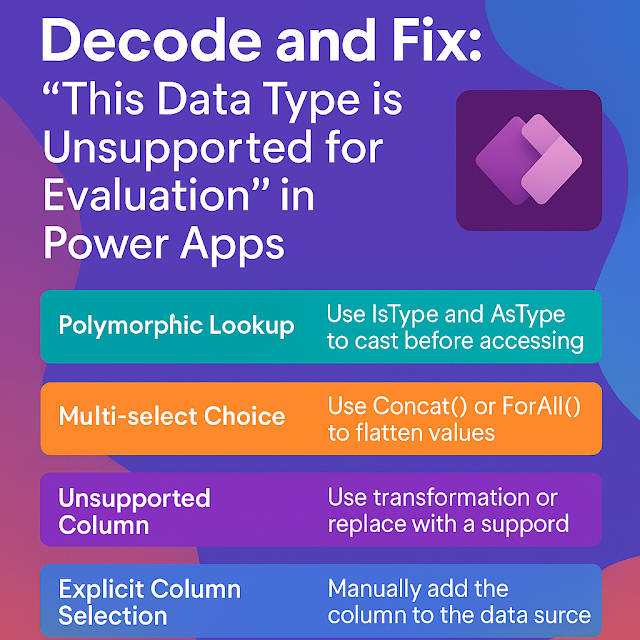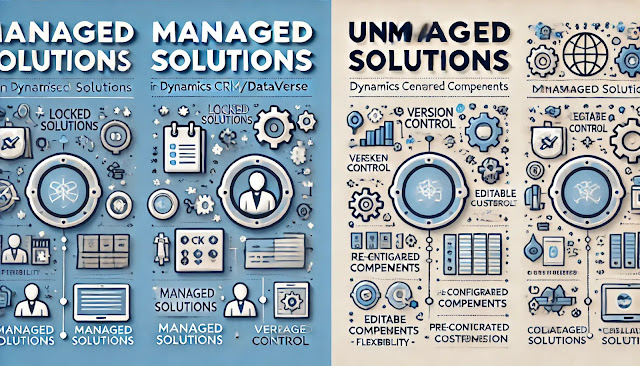Dynamics 365 Field Service : Configure the Requirements panel
In Dynamics 365 Field Service, Requirement records represent the work that needs to be done—such as a maintenance task, installation, or inspection. These requirements are often associated with Work Orders and are visualized in the Schedule Board.
The Requirements Panel in the Schedule Board is a powerful UI feature that allows dispatchers to view, filter, and interact with these unscheduled work requirements. By configuring the Requirements Panel, organizations can tailor the dispatcher experience and make their scheduling process more efficient.
Let’s dive into how to configure the Requirements Panel in Dynamics 365 Field Service and tailor it to suit your dispatching needs.
What Is the Requirements Panel?
The Requirements Panel is a sidebar on the Schedule Board that displays unscheduled Resource Requirements. It includes:
- Filters (Territory, Time range, etc.)
- Requirement cards (summarized info)
- Search options
- Drag-and-drop to assign to resources
By customizing this panel, you improve:
- Dispatcher efficiency
- Work visibility
- Resource utilization
How to Configure the Requirements Panel
Step 1: Navigate to the Schedule Board
1. Go to Field Service > Schedule Board.
2. Select the Schedule Board Tab you want to configure.
3. Click on the ellipsis (…) > Settings to open board settings.
Step 2: Configure the Requirements Tab
Inside the board settings, locate the "Requirements Tab" configuration. Here you’ll find several customization options:
Requirement Views
- You can define which view of the Requirement entity to use.
- Example: “Open Requirements This Week”
- You can create a custom system view in the Advanced Find or Power Apps Maker and use it here.
Filters Configuration
Enable or disable filters like:
- Territory
- Organizational Unit
- Priority
- Date range
These filters help narrow down the list based on dispatcher focus.
Requirement Card Configuration
You can customize the fields that show up on each requirement card, such as:
- Customer name
- Requirement type
- Service task
- Status
- Priority
This is done via Requirement Card Templates or via JavaScript customization (for advanced users).
Step 3: Advanced Configuration with Custom Views or Fields
Want to go further?
You can:
- Add custom fields to the Requirement entity
- Add those fields to the system views
- Use those fields as part of card or filter display
For example, if you add a field like “Requires Special Equipment”, you can create a view to only show such requirements and display this field on the card.
Best Practices
Here are some best practices for configuring the Requirements Panel:
Keep it Clean
- Don’t overload the cards or filters. Use only fields that help with dispatching decisions.
Use Business-Centric Views
- Create views that align with your business logic—e.g., "High Priority Unscheduled Requests".
Group by Territory or Skills
- Use filters like Territory or Skill requirement to assign the right technician quickly.
Test with Dispatchers
- Always test changes with end users to make sure the panel supports their daily workflow.
Real-World Example
Imagine a national HVAC repair company using Dynamics 365 Field Service:
- They configure the Requirements Panel to only show emergency repair jobs for the current week.
- Cards show the customer name, issue type, and priority.
- Dispatchers filter by region (Territory) and technician skillset.
- Using drag-and-drop, they assign work to technicians directly from the panel.
This setup saves hours of manual planning and improves service delivery speed.












Comments
Post a Comment